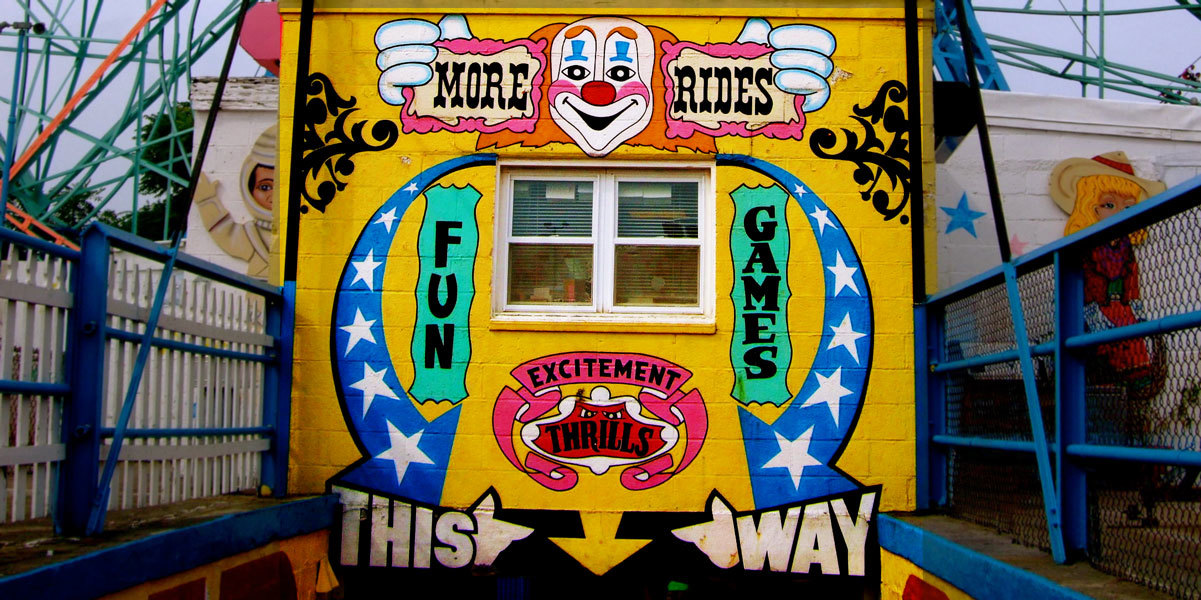WaPo Book Review: One Lucky Bastard: Tales from Tinseltown
Chris Klimek
"Passion without pressure" is how Roger Moore describes the kissing technique he says in his (second) memoir that Lana Turner taught him in 1956, a century or so before he replaced Sean Connery as 007. Gross. This poor girl. Gross.
Roger Moore was 45 when he made his first debut as James Bond -- older than Sean Connery, who’d played the role in five films before he got fed up and abdicated, then was coaxed back and quit a second time – and approximately 110 by the last the last of his seven appearances as 007 12 years later. On the DVD extras for Live and Let Die, his 1973 debut as the superspy he and no one else refers to as “Jimmy” Bond, Moore tellingly bemoans the “30 minutes of daily swimming” he endured to develop the not-particularly-athletic physique he displays in the movie. In the three Bonds he made in the 80s, he rarely looked hale enough to survive a tryst with one of his decades-younger leading ladies, much less a dustup with punch-pulling henchpersons like Tee Hee or Jaws or May Day.
Such was the strength of the Bond brand: Audiences would buy that this guy, who looked and acted like the world’s most condescending game show host, was an elite assassin, as long as he looked good in a tuxedo. Which just happened to be Moore’s primary, not to say only, skill.
To his credit, Moore was aware of his limitations in the part, and in general. This ingrained self-deprecation is present even in the title of his new, low-impact memoir, One Lucky Bastard (which I review in Sunday's Washington Post), wherein Mr. I Hate Swimming, sorry, that’s Sir I Hate Swimming, now, allows that current Bond Daniel Craig -- the most chiseled man to play the part, in concordance with our unforgiving expectations of 21st-century action heroes, but also the best actor, too -- “ looks as though he could actually kill, whereas I just hugged or bored them to death.”
One thing I loved about writing this review is that it meant my best gal Rachel Manteuffel and I were both trying to get references to cunnilingus through the Post's Standards & Practices Dept. at the same time. You'll have to wait another week to read her story, but see to it that you do. It's funny and insightful and honest, like everything she writes, and very, very sexy.




